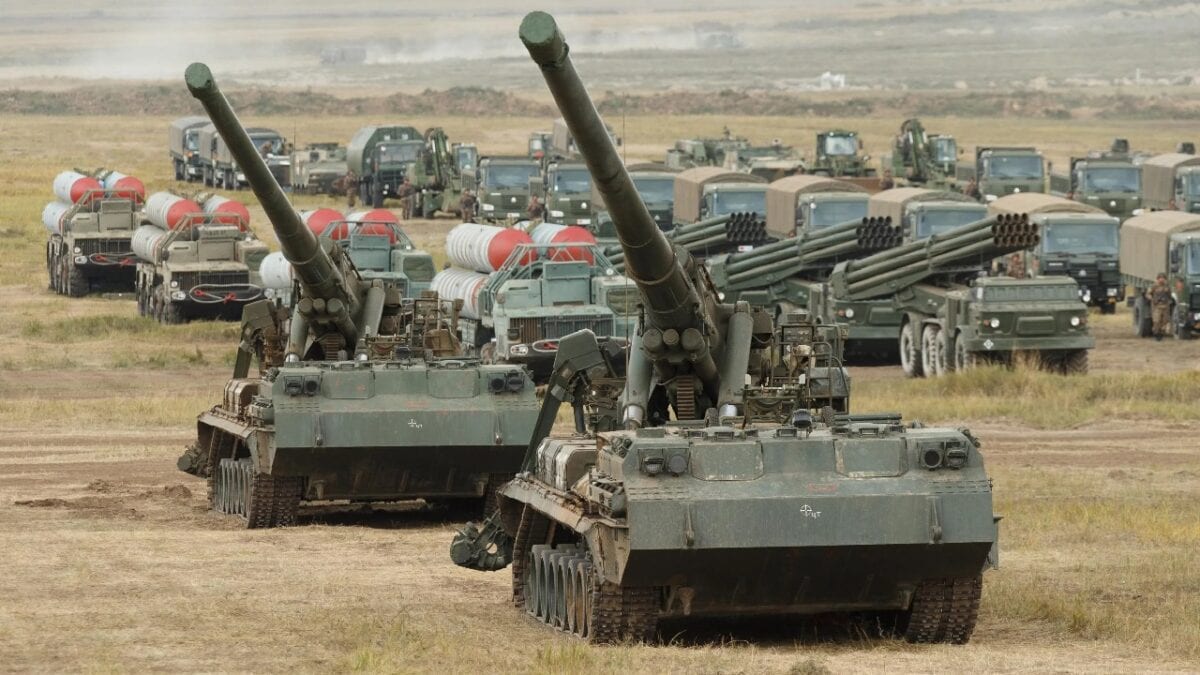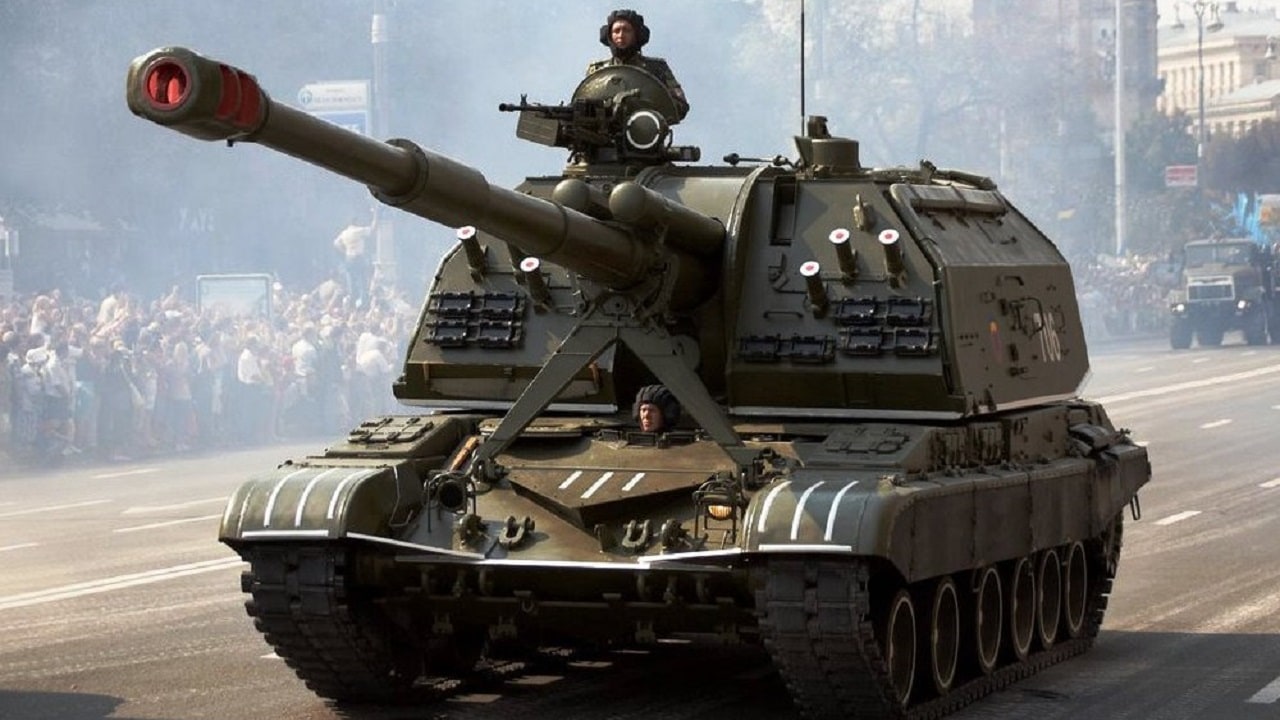Yesterday the crack Institute for the Study of War (ISW) team had glad tidings in their daily roundup of the latest developments out of Ukraine. Namely, the Ukrainian armed forces have reclaimed some 2,500 square kilometers of ground from Russia, chiefly in the northerly Kharkiv oblast. The accompanying map tells the story visually. Ukrainian forces drove a salient, or wedge, deep into the district and then, through opportunism or design, swept southward toward the city of Izyum, a Russian Army headquarters. As of yesterday, they stood poised to cut Russian supply lines around Izyum. As of this writing, it appears the 20,000 or so Russian troops occupying the city have evacuated it to avoid being encircled and annihilated as a fighting force. Lyman, in the central region of Donetsk, may have fallen as well.
ISW affirms that Ukraine scored a “remarkable operational surprise” in Kharkiv oblast. Russian commanders had withdrawn forces from the region to guard the southern city of Kherson, where Ukraine has also mounted counteroffensive operations. At present Western specialists are debating whether the southerly effort was a feint to siphon Russian forces from the north, or whether Ukrainian commanders meant to make a serious push to regain control of Kherson and sever the land bridge connecting the Crimean Peninsula with eastern Ukraine (and thus Russia).
But both parties to the debate could have it right. Kherson could be a feint—with commanders reserving the option to make it something more should the gods of war smile on Ukrainian arms.
In fact, the counteroffensive has a Sun Tzuian flair to it. The ancient Chinese general exhorted commanders to launch direct, or “orthodox,” attacks in conjunction with indirect, or “unorthodox,” attacks on the enemy host—keeping hostile commanders dizzy with indecision. “Normal” forces should carry out a direct frontal assault while “extraordinary” forces struck at the foe’s flanks, dislocating its efforts at defense. “The force which confronts the enemy is the normal” according to Sun Tzu; “that which goes to his flanks the extraordinary. No commander of an army can wrest the advantage from the enemy without extraordinary forces.”
It turns out diversifying your portfolio is wise strategy, in martial affairs as in investment.
Operational advantage, then, accrues from thrusting enemy commanders onto the horns of a dilemma. They don’t know which is the main line of assault, and thus where to commit the bulk of their manpower and firepower to blunt it. And Sun Tzu advises the general to keep them guessing—compounding their dilemma. “I make the enemy conceive my normal force to be the extraordinary and my extraordinary to be the normal. Moreover, the normal may become the extraordinary and vice versa.” If the extraordinary contingent meets with success on the battleground while the normal contingent encounters fierce resistance, in other words, the field general should redesignate the extraordinary force as the normal force—and apply most of the army’s resources to that more promising line of effort.
And a virtuoso general would shift the effort back again should the shifting fortunes of battle warrant. Etc. In short, Sun Tzu prescribes a highly fluid, deceptive approach to warmaking.
Now apply Chinese logic to Ukraine. Though probably not in Sun Tzuian parlance, Ukrainian commanders may have conceived of the southern contingent as the extraordinary force and the northern one as the normal force. They knew Russia had to defend in the south to preserve overland access to Crimea and that it would transfer assets there to protect that precious real estate. So Ukrainian forces struck out toward Kherson in an indirect move, encouraging Russian commanders to misallocate resources to counter a secondary effort, while essaying a direct assault in the north. Had things gone better than expected in the south and worse in the north, they could have always heeded Sun Tzu’s counsel and rearranged their priorities to operational advantage. The supple approach works—now as in antiquity.

Russian artillery. Image Credit: Creative Commons.
But will it keep working? Now since the onset of the Ukraine war, the real question is whether the Ukrainian Army, outmatched as it is from a material standpoint, can sustain momentum long enough to triumph over a stronger foe. To date, my guess has been No; a battlefield stalemate constitutes the most likely outcome.
Somewhere, though, Sun Tzu is smiling.
Expert Biography: A 1945 Contributing Editor writing in his own capacity, Dr. James Holmes holds the J. C. Wylie Chair of Maritime Strategy at the U.S. Naval War College and served on the faculty of the University of Georgia School of Public and International Affairs. A former U.S. Navy surface warfare officer, he was the last gunnery officer in history to fire a battleship’s big guns in anger, during the first Gulf War in 1991. He earned the Naval War College Foundation Award in 1994, signifying the top graduate in his class. His books include Red Star over the Pacific, an Atlantic Monthly Best Book of 2010, and a fixture on the Navy Professional Reading List. General James Mattis deems him “troublesome.” The views voiced here are his alone. Holmes also blogs at the Naval Diplomat.

